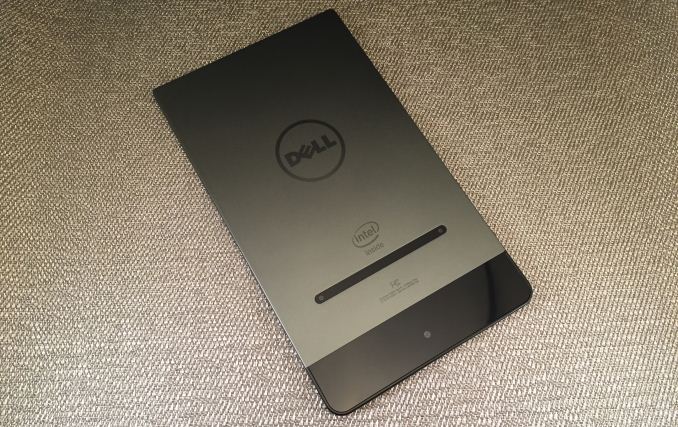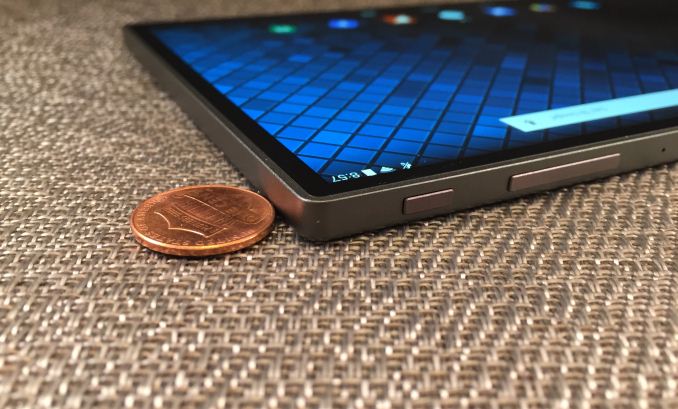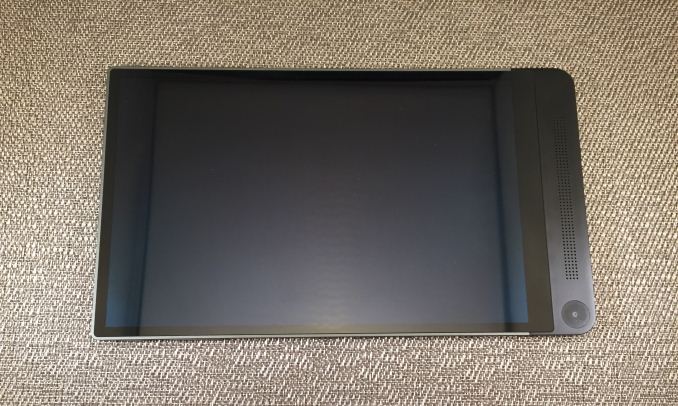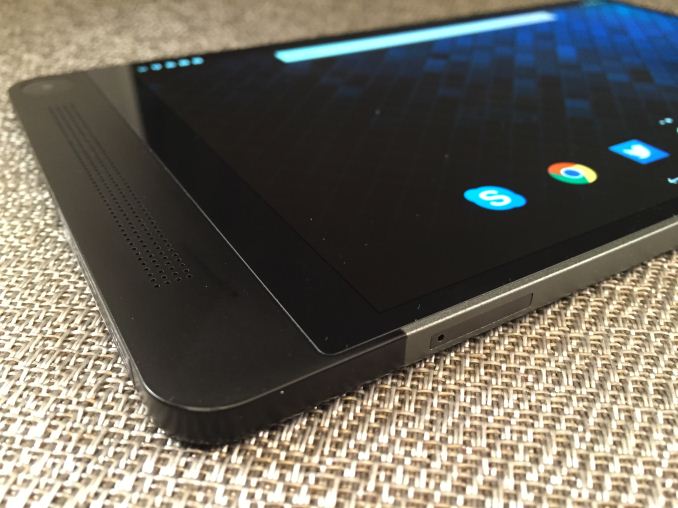
Five years ago, the first of what we would call modern tablet PCs have been released worldwide. What is now an entire product category was initially viewed with skepticism by many mass of consumers, analysts and journalists. Even those who had high hopes for the future of tablets could not have foreseen his meteoric rise in popularity and ubiquity.
Although tablets are still derided by many as the productivity of unnecessary work, there are many cases where the consumer could not only complement but replace the traditional costume with a tablet. Of course, in the form of tablets made by companies in the mobile space replace traditional computers, the producers of these teams are facing a problem keeping the advantage and relevance. The move was inevitable for PC companies to produce their own tablet to compete with the new competition.
This leads to the tablet Dell Venue Series 8 7000, also known as the Dell Venue August 7840. Although there have been other location 8 tablets for the rest of the review I will refer to the Dell Venue in August 7840 to seat 8, as the full name is long enough and there should be no risk of confusion with Venue 8 tablets. Dell is not really a new player in the tablet space, or is new in the mobile space.
Some people may remember the Dell Streak 5, which was a phone 5 "could be called one of the first phablets in the market. However, Dell is not a well known player in the mobile space, despite its previous attempts to invade -la. paper, place 8 has all the necessary attributes of a flagship tablet, but if it's enough to make Dell a serious competitor to be seen. Before discussing the 8 project instead expressed their low specifications to provide an overview of how the place eight batteries to competition.
As you can see, the Plaza 8 is a high-end device in most areas, at least once evaluated in the paper. Limited settings 16GB storage is one of the few questions, if you are using the microSD slot; GPU also potentially limit. Note that Dell also offers / wireless keyboard case as an optional accessory. The rest of the evaluation will determine how these requirements translate into a good experience in the real world, but before jumping into the technical details, it is important to discuss the design and ergonomics of room 8.

One big selling point for the Venue 8 is that it's currently the thinnest tablet in the world according to Dell. Both Apple and Sony have tablet offerings that are 6.1mm thick, but Dell has shaved off that decimal point and made a tablet that is exactly 6mm thick across the entire chassis. I can't really tell the difference between the thickness of the Venue 8 and the iPad Air 2, but both devices are remarkably thin. The Venue 8 feels even more impressive than the iPad at times because it's smaller and significantly lighter in addition to being thinner. The bulk of the chassis is made of aluminum, with a small plastic region at the bottom to house the speakers and camera. The whole device feels great in the hand, and the aluminum feels solid and sturdy.

However, no aspect of the unique design of seat 8 to be addressed, what are the proportions of the conventional framework and speaker placement are. In most tablets, you will see this magnitude on each side, or aa pair of identical frames on top of the bottom, and a pair of thin glasses identical on the left and right sides that are thinner than are at the top and down. The Venue 8 infinite display time choose to use very thin moldings as wide at the top, a thick bottom left and right frame, and. This is necessary to provide space for the various circuits and drivers are required to display. Dell also puts the front camera and a stereo pair of speakers in a section below the lower structure.
This leads to an unconventional design framework and, unfortunately, unbalanced, and this can cause problems when holding the tablet. In portrait mode that there is a broader framework and a bottom speaker of the tablet is not a big problem, but in landscape mode becomes uncomfortable to hold. It's hard to keep the place 8 in the landscape without feeling irregular. This is aggravated by the fact that the upper edge of the tablet is extremely thin.
The thinness of the other bezels can also pose their own issues with having fingers rest on the display. When Apple first used asymmetric bezels on an iPad with the iPad Mini, they tweaked the touch rejection in iOS to account for the fact that fingers were more likely to be resting on the display. Android has no such accommodation, and there have been instances where I find myself unable to scroll or accidentally zooming because one of my other fingers is resting on the display and being detected as touch input.

Overall, I think the Venue 8 is a well designed device with exceptional build quality. It feels remarkably thin and light in the hand, and its flat edges are visually striking while still remaining ergonomic due to the tablet's thinness. The aluminum construction also ensures that there's not even the slightest bit of flex to the chassis. Like every device, it's imperfect. The bezel design is visually impressive, but hampered by technological limitations and some software issues. I also have mixed feelings about the camera placements. Despite its issues, the Venue 8 still remains a tablet that both looks and feels like a premium device.

